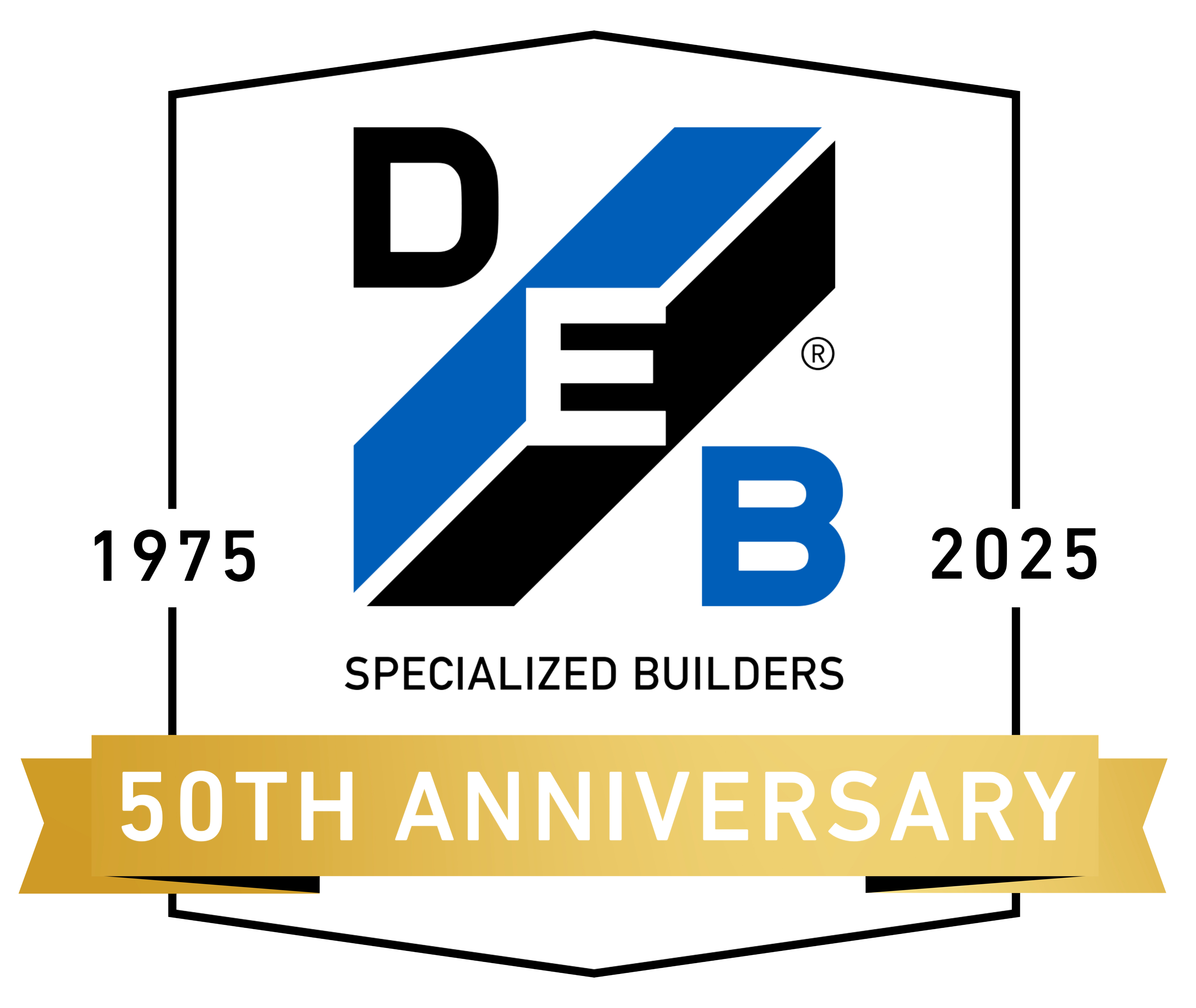Mastering Best Construction Management Techniques Through a Detailed Step by Step Tutorial
In the ever-evolving world of construction, mastering effective Construction Management techniques is crucial for project success. With the complexity of modern projects growing, a systematic approach to managing these undertakings can make all the difference in ensuring timely completion, budget adherence, and overall quality. This blog aims to provide a comprehensive step-by-step tutorial that highlights the top strategies and tools essential for effective Construction Management.

Whether you are a seasoned professional looking to refine your skills or a newcomer eager to understand the fundamentals, this guide will equip you with the knowledge to navigate the challenges of the construction industry. From planning and scheduling to risk management and communication, we will cover the best practices that can streamline processes and enhance project outcomes.
Join us as we explore how to achieve success through mastery of the best Construction Management techniques.
Understanding the Fundamentals of Construction Management Techniques for 2025
As we approach 2025, understanding the fundamentals of construction management is paramount for industry professionals. The construction sector, buoyed by a notable 12% increase in gross output in 2024, is poised to embrace innovative methodologies that enhance efficiency and productivity. Professionals must delve into modern techniques that streamline operations, including the application of advanced project management software and data analytics. These tools enable construction managers to forecast project milestones effectively, allocate resources optimally, and mitigate risks proactively.
Moreover, the integration of artificial intelligence (AI) is set to revolutionize construction management practices. Technologies such as AI-driven scheduling tools and predictive maintenance systems are becoming essential for ensuring operational continuity and minimizing downtime. As the industry evolves, emphasis on sustainable practices and compliance with emerging regulations will also play a crucial role. Embracing these fundamentals not only prepares construction managers to navigate the complexities of upcoming projects but also positions them to leverage new technologies and methodologies to their advantage in a rapidly changing landscape.

Exploring Cutting-Edge Technology Trends Impacting Construction Management Strategies
In the fast-evolving landscape of construction management, technology plays a pivotal role in reshaping strategies and operational efficiencies. One of the foremost trends making waves is the adoption of Building Information Modeling (BIM), which facilitates better visualization and collaboration throughout the project lifecycle. By creating a digital representation of physical and functional characteristics, BIM allows stakeholders to identify potential issues before they arise, thereby minimizing delays and costs. Furthermore, real-time data sharing enhances communication among teams, ensuring that everyone is on the same page, leading to smoother project execution.

Another cutting-edge trend is the integration of artificial intelligence and machine learning into construction management. These technologies analyze vast amounts of data to optimize project planning and resource allocation. For instance, AI-driven predictive analytics can forecast potential risks, enabling managers to devise effective mitigation strategies ahead of time. Additionally, drones are revolutionizing site inspections by providing aerial views and real-time monitoring, which enhances safety and productivity. As construction projects grow in complexity, leveraging these technological advancements is crucial for successful management and on-time deliveries.
Step-by-Step Guide to Implementing Effective Construction Management Tools and Software
Implementing effective construction management tools and software can significantly enhance project efficiency and communication among teams. In this step-by-step guide, we explore the critical phases of selecting and utilizing these tools to streamline your construction processes. Start by identifying the specific needs of your projects, such as scheduling, resource allocation, or budgeting. This initial assessment will help you tailor your software selection, ensuring that the tools you choose align with your project's goals and challenges.
Once you have selected the appropriate tools, the next step is to integrate them into your workflow. Ensure that all team members are trained on the software to maximize its potential. This involves organizing training sessions and providing continuous support as your team acclimates to the new systems. Additionally, establish a feedback loop where users can share their experiences and suggest improvements. This iterative approach not only helps in refining the use of the software but also fosters a collaborative environment, crucial for the successful execution of any construction project.
Construction Management Software Usage Statistics
Evaluating Alternative Approaches to Traditional Construction Management Techniques
In the ever-evolving landscape of construction management, traditional techniques often face scrutiny as new methodologies emerge. Evaluating alternative approaches to conventional practices is crucial for improving efficiency and project outcomes. One such alternative is the integration of advanced technology, such as Building Information Modeling (BIM) and project management software, which enhances collaboration and real-time communication among project teams. These tools allow for better visualization of projects, enabling stakeholders to make informed decisions and reduce risks associated with miscommunication.
Another promising approach is the adoption of lean construction principles, which prioritize waste reduction and resource optimization. By focusing on continuous improvement and value delivery, lean methodologies encourage teams to identify inefficiencies and streamline processes. This not only reduces costs but also shortens project timelines, allowing for quicker delivery and increased client satisfaction. As the construction industry continues to face challenges, exploring these alternative approaches may prove essential in mastering effective management techniques, ultimately leading to more successful project execution in a competitive market.
Mastering Best Construction Management Techniques Through a Detailed Step by Step Tutorial - Evaluating Alternative Approaches to Traditional Construction Management Techniques
| Technique | Description | Advantages | Disadvantages | Ideal Use Case |
|---|---|---|---|---|
| Lean Construction | Focuses on minimizing waste while maximizing value. | Reduces costs, improves efficiency. | Requires thorough training and cultural shift. | Projects aiming for high efficiency and minimal waste. |
| Agile Management | Emphasizes flexibility and adaptive planning. | Allows for changes and improvements throughout the project. | May lead to scope creep if not managed properly. | Projects with evolving requirements and regular feedback. |
| Integrated Project Delivery (IPD) | Involves collaboration among all stakeholders from the beginning. | Enhances communication and reduces errors. | Requires commitment and alignment from all parties. | Complex projects needing high collaboration. |
| Design-Build | Combines design and construction in a single contract. | Streamlines project delivery and reduces overall costs. | May limit checks and balances between design and construction. | Projects with tight timelines and budgets. |
Future-Proofing Your Construction Management Skills: Adaptation and Training Needs
In the rapidly evolving landscape of construction management, future-proofing your skills is not just desirable; it's essential.
As new technologies and methodologies emerge, the construction industry is increasingly reliant on professionals who are not only adept in current practices but also agile enough to adapt to changes. This requires a proactive approach to ongoing training and education. Engaging in continuous learning through workshops, online courses, and industry certifications can significantly enhance your competency and prepare you for future challenges.
Moreover, understanding how to implement these skills effectively is crucial.
Focus on incorporating cutting-edge tools such as Building Information Modeling (BIM) and project management software into your daily practices. This not only streamlines operations but also enhances collaboration among team members.
By fostering a culture of adaptability within your organization and encouraging your team to embrace innovation and new learning opportunities, you can create a resilient workforce that thrives even in the face of change.
Recognizing and addressing training needs is a pathway toward ensuring that your construction management skills remain relevant and effective in any future landscape.
